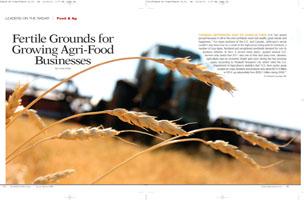
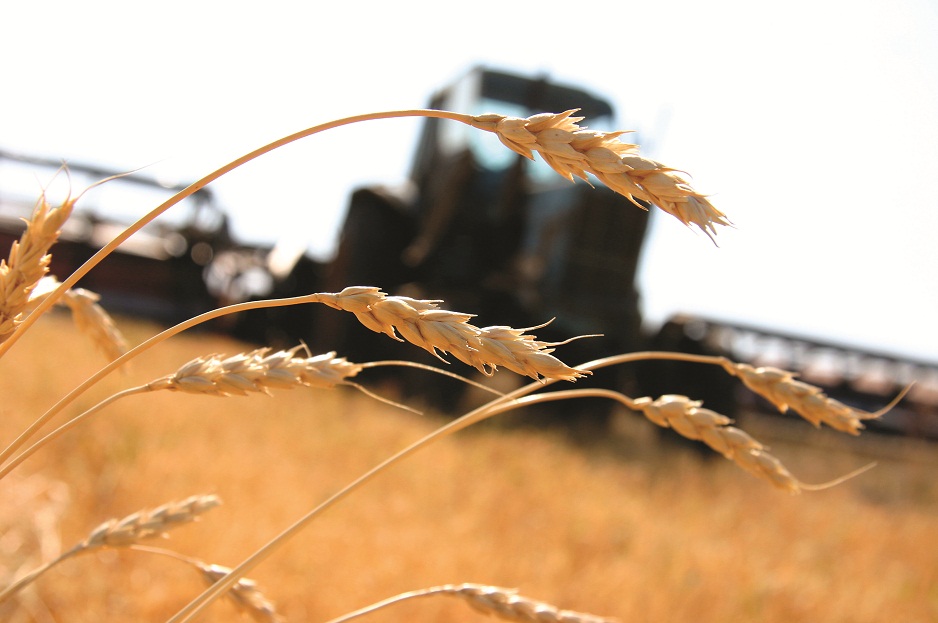 Thomas Jefferson said of agriculture, it is “our wisest pursuit because it will in the end contribute most real wealth, good morals and happiness.” For many portions of the U.S. and Canada, Jefferson’s words couldn’t ring more true as a result of the high prices being paid for livestock, a number of crop types, farmland and exceptional worldwide demand for corn to produce ethanol. In fact, a recent news piece1 quoted several U.S. farmers who stated that 2011 was one of their best years ever. Likewise, agriculture was an economic bright spot even during the two previous years, according to Plunkett Research Ltd, which cited the U.S. Department of Agriculture’s statistics that “U.S. farm sector gross receipts for crops, livestock and products were about $312.9 billion in 2010, up substantially from $282.1 billion during 2009.”2
Thomas Jefferson said of agriculture, it is “our wisest pursuit because it will in the end contribute most real wealth, good morals and happiness.” For many portions of the U.S. and Canada, Jefferson’s words couldn’t ring more true as a result of the high prices being paid for livestock, a number of crop types, farmland and exceptional worldwide demand for corn to produce ethanol. In fact, a recent news piece1 quoted several U.S. farmers who stated that 2011 was one of their best years ever. Likewise, agriculture was an economic bright spot even during the two previous years, according to Plunkett Research Ltd, which cited the U.S. Department of Agriculture’s statistics that “U.S. farm sector gross receipts for crops, livestock and products were about $312.9 billion in 2010, up substantially from $282.1 billion during 2009.”2
At the same time, food processing remains a great contributor to the economy in both Canada and the United States. Food processing is generally not as sensitive to economic fluctuations as other industry sectors and, in fact, it is the second largest manufacturing industry in Canada.
Despite these rosy reports, it is a reality that agriculture and food processing have not enjoyed such prosperity universally. Certain areas did not fare as well as others in 2011, mainly due to climate exceptions and extreme weather events. That raises the challenge for those charged with determining the ideal location for growing a new or existing agricultural or food processing business. It’s helpful, therefore, to have the ability to glimpse inside key locations to understand what attributes they have to offer and how those fit in with their business goals. With that in mind, the key locations we have gathered here are intended to serve as a window into possibilities for new or expanding agricultural and food production businesses.
Arkansas
Sustainable agriculture is sprouting in Arkansas. The state of Arkansas is a major producer of feedstock for bio-energy companies. Arkansas is a leading producer of rice, soybeans, chickens, sorghum, corn and wheat, all of which can be used to produce bio-energy. Some of Arkansas’s fertile farmland could be converted to grow switch grass or other fast-growing cellulosic crops.
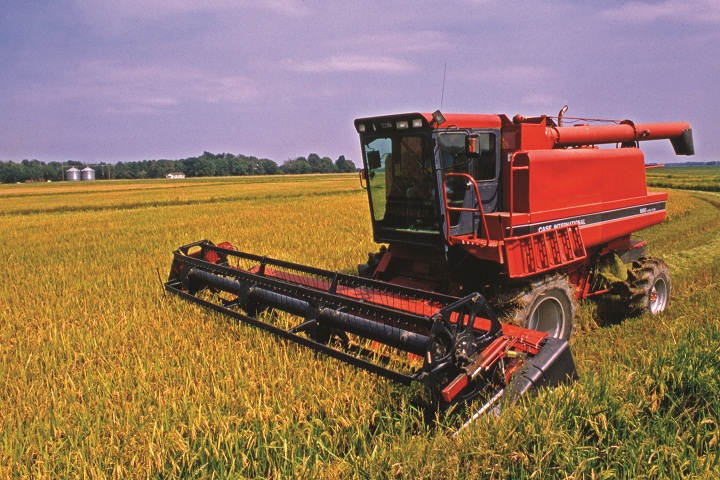 Timber is one of Arkansas’s greatest natural resources, with more than 18.8 million acres of forest land representing over 50 percent of the total land base. That’s good news as wood and wood pellets are an excellent source of cellulose that can be used for conversion into bio-energy.
Timber is one of Arkansas’s greatest natural resources, with more than 18.8 million acres of forest land representing over 50 percent of the total land base. That’s good news as wood and wood pellets are an excellent source of cellulose that can be used for conversion into bio-energy.
Arkansas boasts an available workforce as well as top-quality education and research facilities. Several of the state’s higher education institutions have programs specializing in agriculture and biosciences. In October 2010, the Arkansas Science and Technology Authority received a $20 million grant from the National Science Foundation to support renewable energy research at seven Arkansas universities, some of which will be used to study bio-energy.
To encourage alternative energy and biodiesel production in the state, a tax refund is available to suppliers on the sale of biodiesel fuel that is used in producing a biodiesel fuel mixture. In addition, the Arkansas Alternative Fuels Development Fund offers grant incentives for capital and operation incentives for alternative fuel producers and feedstock processors, production incentives for feedstock producers, and distribution incentives for alternative fuels distributors.
Durham, Ontario, Canada
In Durham Region, Ontario, primary producers and food processors benefit from prime access to Canada’s largest market of more than six million people, and 120 million more within a day’s drive. Durham Region’s favorable climate and rich agricultural lands produce more than150 different crops including grains and oilseeds, as well as a diverse selection of horticulture crops.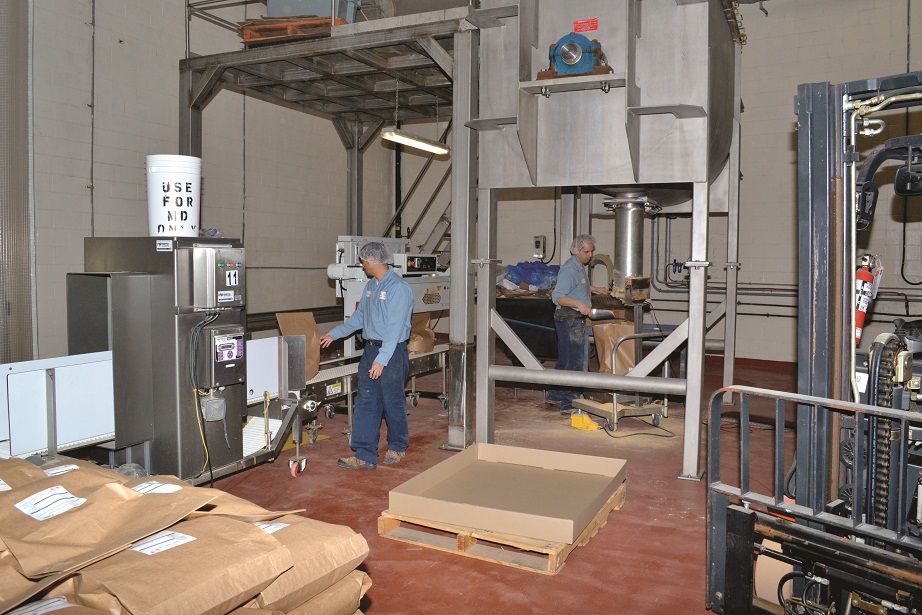
To establish a successful business in the agri-food sector, a variety of factors must converge: competitive business costs; innovative research climate; access to raw materials and global markets; and an established multi-modal transportation infrastructure. The availability of these factors in Durham Region makes it a leader for world-class business opportunities in the agri-food sector. A skilled labor force and serviced land and buildings are also key considerations for site selectors. Companies in Durham Region also benefit from a strong supplier network and supportive business community.
From Durham Region, agri-food innovators have easy access to universities and colleges offering state-of-the-art food and nutrition research programs. Groundbreaking research in food science, which includes functional foods and food safety, is being performed every day. A variety of training options is also available to businesses, including custom and in-house training opportunities.
Durham Region’s established transportation infrastructure helps to accomplish just-in-time deliveries and connects the region with markets across North America and around the world.
Durham Region’s growing food processing and packaging cluster welcomes others to enjoy its attributes.
Gloucester County, New Jersey
If you are in the food industry Gloucester County, New Jersey, is a great place to grow. With more than 300 companies and 12,000 employees, the success of this unique food industry cluster is linked to the region’s exceptional strategic location, specialized workforce training programs and business incubator opportunities for food manufacturers.
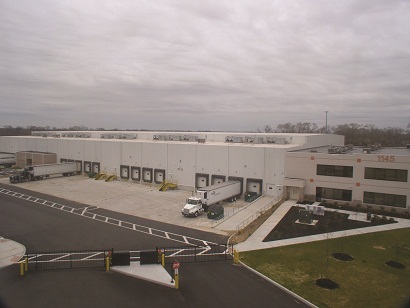 Located minutes from Philadelphia and within five miles of three marine terminal facilities, Gloucester County is the fastest-growing region in New Jersey. Millions of dollars have been invested in the transportation infrastructure over the last decade, allowing food companies to quickly distribute goods to 40 percent of the nation’s population within a day’s drive.
Located minutes from Philadelphia and within five miles of three marine terminal facilities, Gloucester County is the fastest-growing region in New Jersey. Millions of dollars have been invested in the transportation infrastructure over the last decade, allowing food companies to quickly distribute goods to 40 percent of the nation’s population within a day’s drive.
Gloucester County is also home to the Rutgers Food Innovation Center, a unique business incubation and economic development accelerator program that provides business and technology expertise to startup and established food companies in the mid-Atlantic region.
By utilizing its outreach capacity to reach food and agribusinesses throughout the world, Rutgers Food Innovation Center is accelerating the growth of the food industry. The vast resources at Rutgers University and strategic partnerships they have developed throughout the nation, provide companies with assistance in business development, market research, product and process development, workforce development and training, regulations and compliance support, and quality assurance and food safety systems.
Gloucester County and its partners continue to take bold steps to create new programs and incentives that match the growing demand of the food manufacturing industry.
Greater Reading, Pennsylvania
With names like Godiva, Sweet Street Desserts, Sun Rich, Giorgio Foods, Clover Farms Dairy and Bachman Snack Foods, it's easy to understand why the food industry is thriving in Greater Reading, Pennsylvania. Within a 50-mile radius of Reading, almost 500 food processing companies employ more than 39,000 people with combined sales exceeding $19 billion. These companies range from bakeries to meat processors to dairies.
Agriculture is also synonymous with big business in Greater Reading. Pennsylvania ranks fourth in agribusiness in the country, Greater Reading ranks third in the state and sixty-seventh in the nation for agricultural production. Ideal climate, fertile soil, an abundant water supply, proximity to major markets, and a strong farming tradition, make this industry a strength for the region.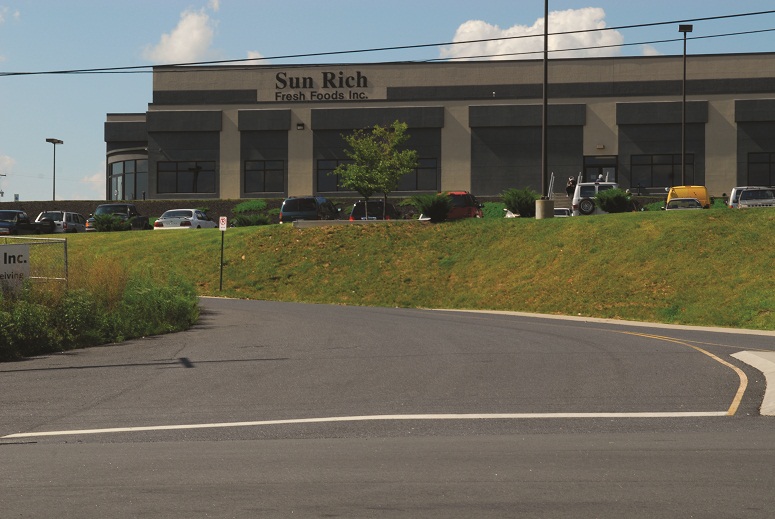
The county is also ranked third in the United States for its efforts to preserve agricultural land. Greater Reading is the second-largest grower in the state for alfalfa hay, nursery/greenhouse crops, and mushrooms, and the third-largest supplier of wheat, corn for grain, soybeans and egg-laying poultry.
Scott Carpenter, president of The Bachman Company, can attest to the benefits of Greater Reading for food processors: "We enjoy easy access to all the major northeast markets, and our key suppliers. Our employees benefit from a vibrant community, as well as a cost of living that is significantly favorable to other regional markets." John Rothenberger, CFO of Clover Farms Dairy, adds, “Agriculture is number one in Pennsylvania and the state agricultural support is fantastic."
Huntington, Indiana
Agricultural and food processing giants are helping Huntington, Indiana, recover from the effects of the recession. Agricultural fertilizer giant, Helena Chemical Company, owned by Tokyo-based Marubeni Corporation, is investing $21.5 million in Huntington, Indiana to create a state of the art, rail-served terminal for the blending and distribution of agricultural fertilizer products. The investment is yet another opportunity for Huntington County in the field of food production and distribution. Unilever Corporation’s Breyers Ice Cream plant and Dean Food’s Huntington Dairy are the other food-production giants with facilities in Huntington, Indiana. The facility is expected to open in the spring of 2012.
Internationally owned companies are no stranger to this rural Northeast Indiana County of 35 thousand people located near Fort Wayne, Interstate 69 and U.S. highway 24. Brazilian-based Gerdau Steel; Canadian-based Onward Manufacturing; and German-based Bendix Commercial Vehicle Systems also have facilities in Huntington, Indiana.
The great recession took its toll on Huntington with the unemployment rate peaking at 14.3 percent in June 2009. Mark Wickersham, of Huntington County Economic Development, said, “Through the collaborative efforts of numerous agencies and companies, over 30 industrial projects have been announced, committing nearly $130 million and promising nearly 1,100 new jobs. We have re-developed over 1.4 million square feet of formerly unused industrial space and our unemployment rate has fallen to 8.7 percent as of the September report,” Wickersham added.
Kosciusko County, Indiana
While it is known globally as the “orthopedic capital of the world,” Kosciusko County, located in north central Indiana, boasts an equally impressive high-technology agricultural production business sector.
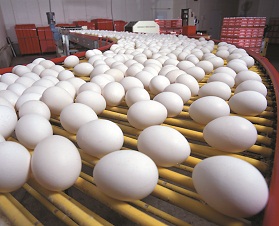 The County has an interesting mix of multigenerational businesses, including Midwest Poultry with its fully automated laying facility. Creighton Brothers is another egg producer that uses state-of-the-art equipment that candles, sorts and even separates eggs into their components to serve various markets. Over one million packages of one dozen eggs a week are produced by these two companies alone. In addition, millions of “spent” laying hens are processed at Kralis Brothers Foods where combs are shipped to China and feet to the Philippines.
The County has an interesting mix of multigenerational businesses, including Midwest Poultry with its fully automated laying facility. Creighton Brothers is another egg producer that uses state-of-the-art equipment that candles, sorts and even separates eggs into their components to serve various markets. Over one million packages of one dozen eggs a week are produced by these two companies alone. In addition, millions of “spent” laying hens are processed at Kralis Brothers Foods where combs are shipped to China and feet to the Philippines.
Another multigenerational business, Tom Farms, is one of Monsanto’s leading developers of seed corn and is committed to improving crop yields to meet the needs of a global marketplace. Yet another is Maple Leaf Farms, the largest duck processing facility in the US and is rapidly expanding in China.
The County’s newest addition is Louis Dreyfus Commodities, with the world's largest fully integrated soybean processing and biodiesel plant constructed in 2007. The County is also home to advanced manufacturing of agricultural products such as CTB owned by Berkshire Hathaway which developed and produces the most advanced grain handling and feeding products.
Traditional values and work ethic coupled with advanced technology and a central U.S. location that is globally connected are the hallmarks of Kosciusko County, Indiana.
1Associated Press, December 12, 2011 Bad Economy? Farmers have one of best years ever http://www.sfgate.com/cgi-bin/article.cgi?f=/n/a/2011/12/12/national/a000011S65.DTL
2 Plunkett Research, Ltd, Food, Beverage & Tobacco Industry Market Research http://www.plunkettresearch.com/food-beverage-grocery-market-research/industry-and-business-data

